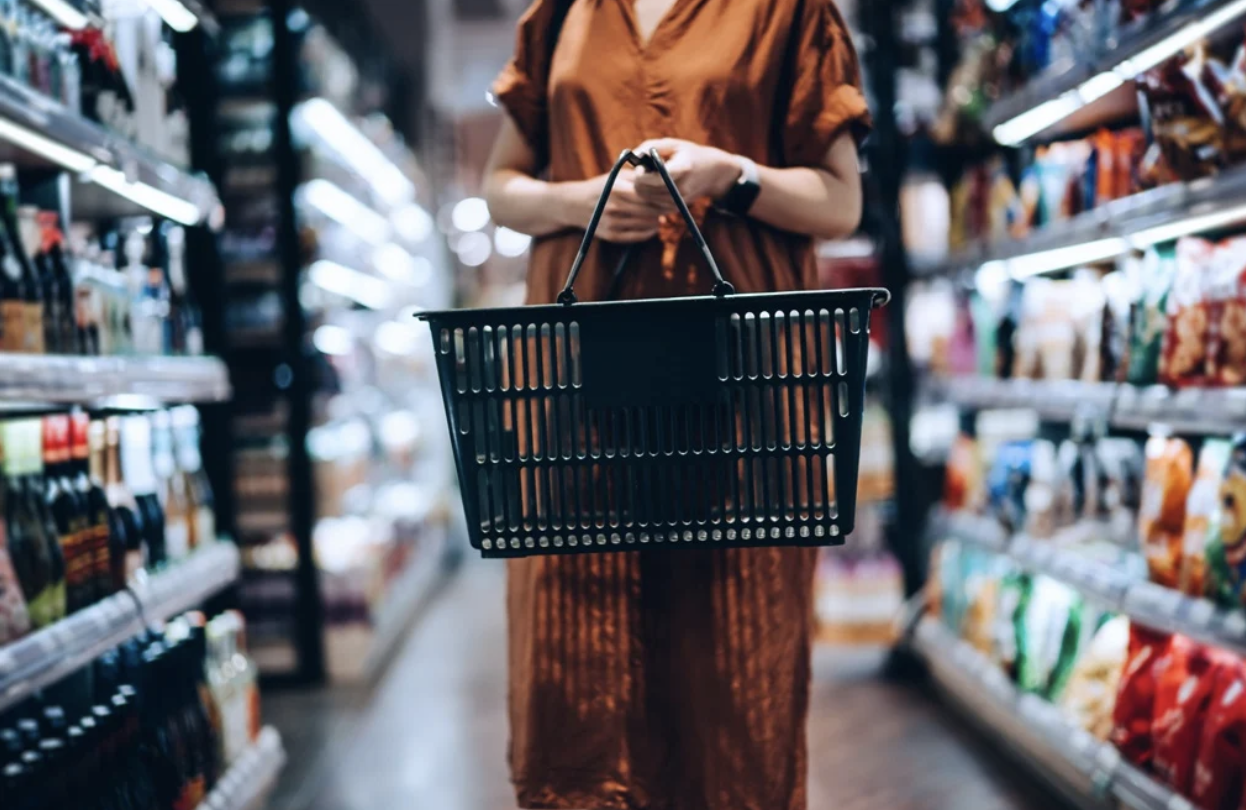Bubble Warning For Consumers In South Africa

The latest retail report by NielsenIQ shows that most consumers in South Africa are not leaning toward retailers like they used to. Instead, they are paying more for less and turning a blind eye to the high cost of living and inflation ravaging the country. Ged Nooy, the managing director of NielsenIQ South Africa, says that the consumer patterns make it like they are in denial of the worsening economic situation in the nation, and this is not a safe environment for both the retailers and the consumers.
In as much as there is local and global financial pressure facing different shoppers around the globe and South Africa is on the brink of recession, the data from NielsenIQ doesn’t match. The reality is it does not mirror the consumer’s behavior. According to Nooy, the country is living in a bubble, and when it eventually bursts and reality sinks in, the situation will create a crisis mentality amidst the shoppers. The consequences of this will be dire; the prices will go up, and reduction in promotions because of other factors in 2023.
The latest NielsenIQ report from data collected over the four weeks of august 2022 has shed light on the vast shift in shoppers’ behaviors. The changes are
- Consumers are not visiting retail stores frequently. The visit is half the number of times they used to venture to the stores.
- Shoppers are not picking up costly items from the shelves
- They are looking for retail prices for items best for the entire basket rather than single items. They are dropping expensive items from their baskets. The consumers are paying more for fewer packs because of the cost pressures, the basket value sales have gone up by 7.6%, but the unit prices have gone up by 1.1% during the same period.
- More shoppers are leaning towards bargain hunting. They purchase items on promo deals. The culture of promo hunting is fast gaining popularity among shoppers; 30% of the sales are from fast-moving consumer products come from promotions, which has increased the annual sales by 2 %. This has forced most brands to gain market shares in the same way; this increased their reliance on promotions which is a problem. Over-promoting of the products drives down their value leading to unfaithful promo-only buyers.
Before the pandemic, shoppers visited grocery stores frequently, but the latest report says that the number of times shoppers go grocery shopping in a month is now half. But the surprising thing is that the annual sales of consumer-packaged goods have increased by 11%, R 527 billion in the last twelve months and R14 billion for monthly sales, which is a considerable increase compared to 2021. According to Nielsen, consumers visit few shops when they go out, but they add more product categories spending more on the trips made.
The spike in numbers is due to the current inflation in the prices of consumer goods and the liquor ban the previous year. The sector has been dealing with the blowbacks resulting from the liquor ban for the last two years they have made significant strides. They have a 30% annual growth and a 25% in the four weeks to the end of July. This is attributed to the country buying long-lasting bottles of spirits during the period.
The latest state of the retail nation report has evidence that they have sustained the growth in sales annually despite the liquor ban in the following categories; whiskey (28 %), gin (38%), wine (38%), and vodka (36%). Beer remains their best seller among alcohol sales, with a 22% sales growth.
Over three months, cooking oil has recorded a 49% inflation, so going for the cheapest cooking oil seems sensible. However, the group noted that the high prices had reduced the number of units sold. The shoppers must change and adapt their usage patterns and palates to the increasing costs of goods.
This has reduced the volume of sales. Long-life milk, chilled processed meat, sugar, and fresh milk are among the basket items that the pressure cost has impacted, which means the sales volume has dwindled because of the price hike. The inflation of frozen chicken is 17% because of avian flu. Bread, laundry detergent, and maize meals have experienced an inflation rate of 12%,16%, and 14%, respectively, as a consequence of raw material increases.
Although bread price has increased, it is among the products measured by NielsenIQ that the consumers demand. The bread sales have increased by 33 % in the month leading to July. And have shown an acceleration in the face of inflation of 12 %. “This is the third month we have seen a significant rise in bread sales indicating that consumers continue to give up more high-priced protein options in favour of cheaper staples,” says Ged Nooy, NielsenIQ managing director of South Africa.
The price remains an issue despite making sales in the product categories mentioned. Both the consumers and the retailers are affected. The overall basket inflation is 11% compared to the previous year. The monthly inflation figures calculated by the NielsenIQ group on the 580 categories are based on how much the shoppers are paying in rand per pack compared to the previous months, in other words, the contrast between unit value sales and rand value sales.
Nooy says they predict a decline in the prices of products in the coming three months. This sentiment is based on reducing fuel prices, leading to low input costs. Additionally, the bank reserve has increased the cost of credit, reducing the purchasing power, and therefore reducing the demand. But the problem is the majority of the LSM (living standard measure) have made extreme cutbacks that there is no more space to adjust. Nooy concludes how interesting it will be to see the coping strategies the consumers will employ when the time comes to counter the constraints.
The last time South Africa raised its rates by half a percentage was in 2002. The inflation has resulted in an increase in food and fuel prices to an all-time high; this has resulted in various coping strategies kicking in.




